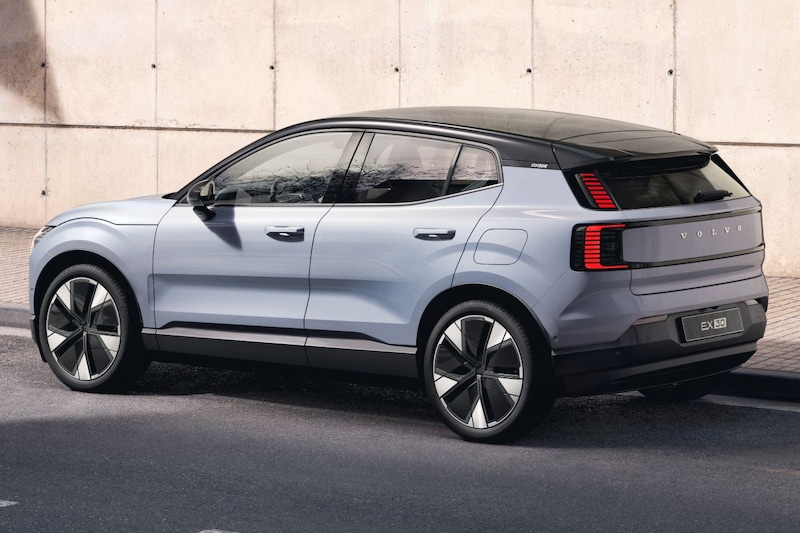High expectations


The brand new Volvo EX30 is a promising newcomer on paper. Not only for the consumer, but also for Volvo itself. After all, that expects to be able to fill the greenhouse quite a bit.
A week ago we were introduced to perhaps the most important Volvo in decades: the Volvo EX30. That relatively compact electric Volvo should appeal to even more people than its slightly bigger brother, the XC40, and play an important role in expanding Volvo’s grip on the electric car market. If you see how popular the XC40 is here in the Netherlands, there is a good chance that we will also see the Volvo EX30 here very often. That would of course be good news for Volvo’s cash, especially since it expects to earn quite a bit on the EX30.
In fact, according to Akhil Krishnan, chief responsible for the brand’s compact models, the Volvo EX30 will be the most profitable car in the complete Volvo range. That is somewhat remarkable. Electric cars and compact models generally do not necessarily generate the largest margins. The Volvo EX30 has two things against it in that respect, but Volvo still has very high expectations. “It’s the overall product balancing that we’ve done, with cost savings, shared platform (SEA, van Geely, ed.) and sourcing, that gets us there,” Krishnan said. Autonews. He immediately attaches concrete figures to it. According to Volvo, the EX30 will be good for 15 to 20 percent gross profit margin.
If Volvo really manages to do that, then that is a considerable achievement. As mentioned, the Volvo EX30 has appearances against it in this area because it is a compact and electric car. It will also be Volvo’s least expensive model, here in the Netherlands the EX30 will cost at least €36,795. Volvo expects to sell bunches of them, with the result, according to COO Björn Anwall, that the EX30 will have increased the operating profit margin from 6 to 8 or even 10 percent by 2025. Time will tell.
.
– Thanks for information from Autoweek.nl




